Pablo Picasso (Malaga, Spain, 1881 – Mougins, France, 1973) painted the canvas Guernica as a faithful reflection of an era, and of one of its mournful and tragic occurrences, to form part of the Spanish Pavilion at the Paris International Exhibition of 1937. Pablo Picasso was motivated to create the scene represented in this great painting by the news of the bombings carried out by the German air force over the Basque town that gives the work its name. The occurrence was known to the artist through the dramatic photographs published by the French newspaper, L’Humanité, among other newspapers. This canvas contains a lot of history and has been the object of many studies and interpretations that we will review during the month of January.
The mural Guernica, 3.50 x 7.77 meters, was purchased from Pablo Picasso (Malaga, Spain, 1881 – Mougins, France, 1973) by the Spanish State in 1937. Due to the outbreak of the Second World War, the artist decided that the painting remain in the custody of the Museum of Modern Art in New York until the war ended. The work is currently on exhibit at the Museo Nacional Centro de Arte Reina Sofia in Madrid, Spain. The figures depicted on the canvas are organized into three triangles, of which the central one is the most important, having the body of the fallen warrior as its base and the lamp as its vertex. Actually, only the remains of the head, a full right arm or forearm, and the left forearm appear. One arm has a hand extended. The other arm holds a broken sword and a flower, which can be interpreted as a ray of hope within that heartbreaking scene.
The lamp that appears at the top of Guernica by Pablo Picasso (Malaga, Spain, 1881 – Mougins, France, 1973) is one of the most intriguing elements of the canvas. It has often been interpreted as a symbol of the technological and scientific advances that are considered social progress. In turn, however, it can be a symbol that accentuates the disasters of war, such as the bombing that occurred in Guernica in 1937 to which it is believed the canvas alludes since there is no reference to the Guernica (Vizcaya) bombing or to the Spanish Civil War; thus with this painting we have a symbolic work and not a narrative work.
The horse’s head is the central figure of the canvas Guernica by Pablo Picasso (Malaga, Spain, 1881 – Mougins, France, 1973). It appears wounded by a spear, and the animal is presented in agony with its mouth open. Its nose is shaped like a human skull, an allegory of death. The position of the legs unbalances the body of the beast. The horse always has been a key figure of Spanish culture and in Guernica it appears to symbolize the good of the country which has been shattered by war.
The bull that appears in the upper left part of the canvas Guernica by Pablo Picasso (Malaga, Spain, 1881 – Mougins, France, 1973) has a dark body and white head. It appears with its head turned, stunned by what is happening in its environs. The bull, like the horse, is a key element of Spanish culture. Picasso was asked on various occasions about the symbolism of the bull in Guernica, and he indicated that it symbolized brutality and obscurantism. It is also thought that the bull is a self-portrait of the artist that also appears in the painter’s previous works.
The mother and dead son that appear on the left side of the canvas Guernica by Pablo Picasso (Malaga, Spain, 1881 – Mougins, France, 1973) just under the bull, as if protected by the animal, present a turned face looking towards the sky in a gesture of pain. Her tongue is sharp as a knife and her eyes are shaped like tears. In her arms she holds her dead son, whose eyes have no pupils. It is believed to be a representation of Pietà, a common subject in Christian art depicting the Virgin Mary holding her dead son in her arms.
One of the most difficult symbols to appreciate in the canvas Guernica by Pablo Picasso (Malaga, Spain, 1881 – Mougins, France, 1973) is the dove that appears between the bull and the horse. Its body is the same color as the background, with the exception of a small part which is clearer. It is depicted with its wing down and its head upturned with its beak open. It is frequently considered to be a symbol of the breach of peace.





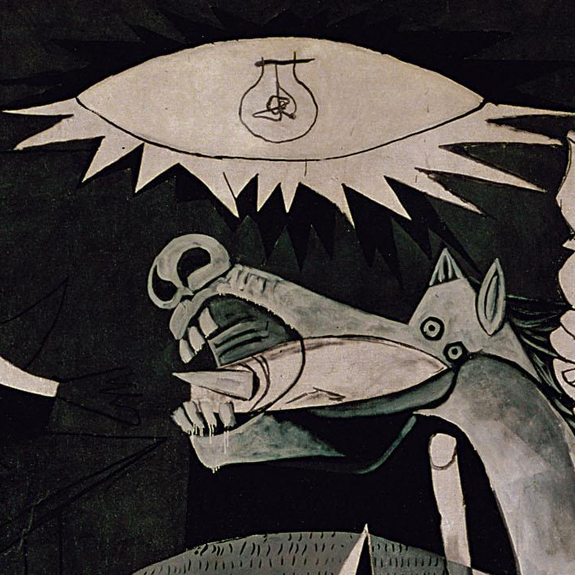
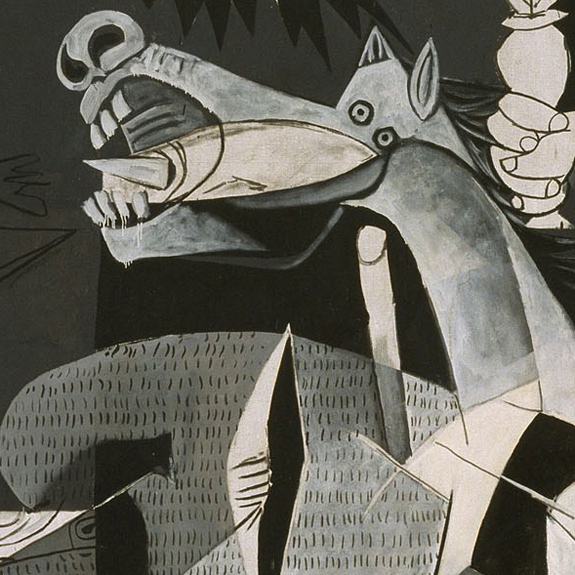
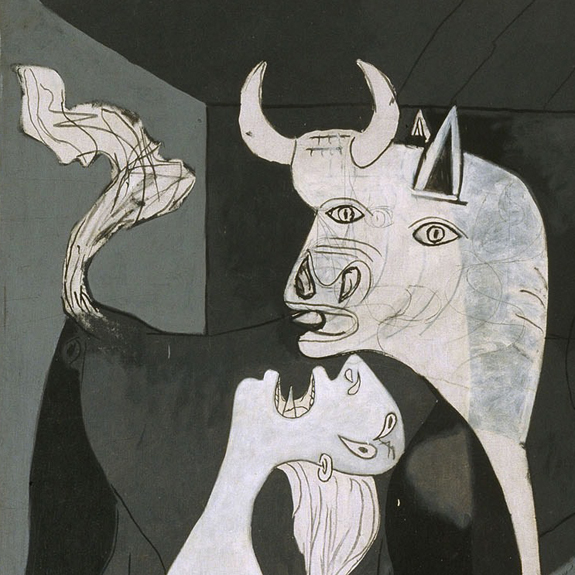
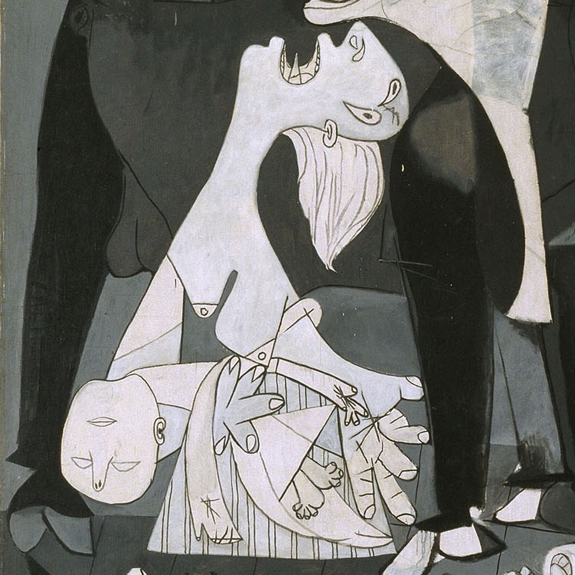
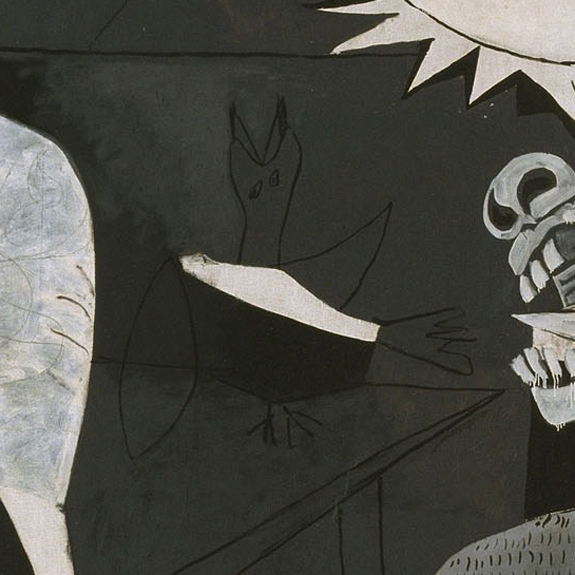

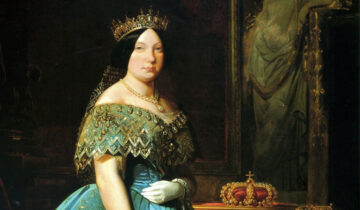

 No products in the cart.
No products in the cart.